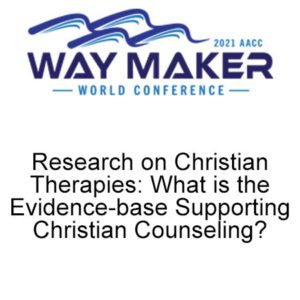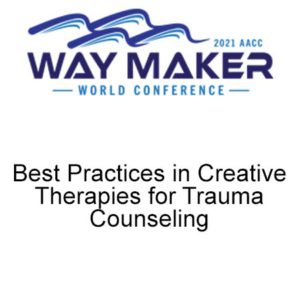Description
621: Helping Teenagers Quiet the Nagging Voice of Obsessive-Compulsive Disorder
Stephanie Nixon, M.A.
Compass Counseling, LLC
691 E Sipapu Dr.
Gilbert, AZ 85297
Summary
This presentation examines the various manifestations of obsessive-compulsive disorder (OCD) in teenagers and identifies multiple clinical conceptualizations and interventions to help reduce the anxiety and burden of OCD. Most teenagers do not have an awareness or understanding of this mental health struggle and stay silent about their nagging obsessions and compulsive rituals. Obsessions can be particularly disturbing, and conversations about them are avoided to prevent feelings of embarrassment and possible ostracization from peers and family members. Many resort to social withdrawal, use of substances to cope with the burden of ongoing obsessions and anxiety, and develop more significant struggles with depression and suicidality. OCD often involves rituals that require family members to accommodate the disorder and, ultimately, create tension and frustration in the relationship between parents and children. OCD manifests in ways that are different from perfectionism or anxiety-decreasing rituals. The more common categories of obsessive thoughts comprise contamination fears, rightness/order, causing accidental harm to others, forbidden or taboo thoughts, hoarding, and scrupulosity (focus on excessive morality). Cognitive behavioral therapy (CBT) alongside exposure and response prevention (ERP) are the most effective forms of clinical treatment for OCD. Skills will be presented for mental health professionals to help clients by providing various forms of cognitive restructuring and arousal-decreasing techniques. Treatment with a family systems emphasis is discussed, focusing on developing ERP interventions that involve family members who assist with OCD rituals. Attention is given to a “therapy of responsibility,” providing clients with a biblical guidance for allowing God to be sovereign in all things and living out trust with acts of release and surrender. This biopsychosocial-spiritual model will allow the clinician to best help teenagers pack their toolbox with multiple forms of help and intervention.
Learning Objectives
Participants will:
• Identify strategies for combating obsessions and compulsions when psychologists or licensed mental health professionals are treating adolescent counselees that can be incorporated within a clinical treatment plan
• Analyze the difference between obsessive-compulsive disorder and other forms of anxiety or personality traits among the adolescent population that assists psychologists or licensed mental health professionals in making a correct diagnosis
• Demonstrate tactics for incorporating parents within the OCD treatment of their teenage children that help reduce the tension and enable behaviors within the family system





